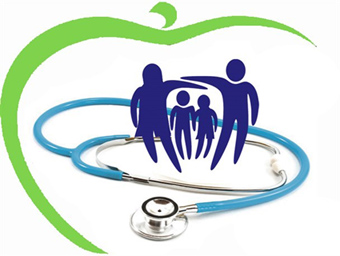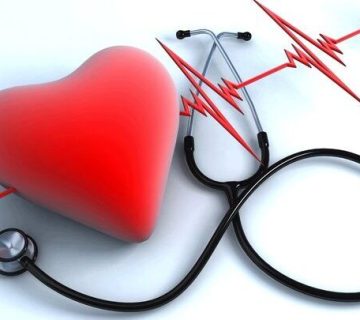
Introduction:
A healthcare organization must recognize that the care it provides is part of an integrated system of healthcare services encompassing physicians, healthcare specialists, and various levels of nursing, which collectively provide continuity and care.
The goal is to appropriately align patients’ care needs with available services, ensure that services provided to patients within the organization are coordinated, and then plan discharge and follow-up accordingly. In making sound decisions in the following areas, having information is essential:
- Which of the patient’s needs can be met by the healthcare organization?
- The impact of service flow on the patient
- The appropriateness of patient transfer or discharge to other healthcare facilities
Definition of Health Promotion:
Health promotion is the process of empowering people to recognize and control the factors affecting individual and societal health and making informed decisions in choosing health-oriented behaviors, consequently adhering to a healthy lifestyle.
Iranian Hospital Psychiatric Care Health Promotion Team:
- Dr. Majid Hazratizadeh (Hospital Management and Deputy Head of Technical Affairs)
- Ma’soumeh Farid Jamal (Metroon)
- Elham Babaei (Quality Improvement Manager – Rights of Service Recipients – Senior Clinical Psychologist)
- Leila Hajisoltani (Hospital Health Promotion Manager)
- Vida Yazdani (Safety Coordinator)
- Amirhossein Rabbaniyan (Educational Supervisor)
- Maryam Jamshidi (Occupational Health Professional)
- Saba Tavana (Environmental Health Professional)
- Selection of some staff as representatives of clinical departments
Green Hospital:
A green hospital is a healthcare facility that promotes public health by continuously reducing environmental impacts and addressing its role in reducing disease incidence.
A green and healthy hospital recognizes the link between human health and the environment and demonstrates this recognition through its management style, strategy, and operations.
An important feature of utilizing the “Green Productivity for Hospitals” strategy is that it highlights economic efficiency alongside environmental efficiency and considers environmental pollutants resulting from service delivery processes. It minimizes them by employing green productivity tools and methods. Since there is no uniform model for green and healthy hospitals, and many healthcare facilities and health systems worldwide have simultaneously taken actions to reduce their environmental footprint, participate in universal health, and save costs, mostly based on established environmental standards. In this regard, a hospital can benefit from existing models of green hospitals worldwide, depending on its geographical and environmental requirements.
Health Promotion Mission
Relying on the almighty power of the Creator and with unity, effort, and commitment, the training center of Iranian Hospital aims to change from a patient-centric care approach to a health-centric and community-oriented care approach. Our core values include improving safety, health, and patient satisfaction while adhering to professional ethics, respecting human values, and protecting human lives by empowering patients and their families through professional duties accompanied by patient education.
Objective:
The aim is to promote self-care for achieving physical and mental health.
Actions for Health Promotion:
- Health education
- Quality of life enhancement education
- Healthy lifestyle pattern education
- Life skills education
- Crisis management education
- Social skills education
- Stress management education
- Family violence management education
- Smoking and alcohol consumption reduction program
- Program for reducing risky behaviors in substance abuse cases
- Implementation of a comprehensive mental health promotion program
- Family education
Health Promotion Programs are categorized into the following:
Education for Patients, Families, and Center Visitors
Patient Education:
- Pre-admission Education: This education is provided after the patient is admitted to the ward by the attending nurse and is then recorded in the patient education form.
- Inpatient Education: After the physician’s diagnosis and nursing diagnoses are established, education is provided by the responsible nurse when symptoms decrease.
- Discharge Education: This education is provided at the time of patient discharge and is recorded in the “discharge education” form, which is prepared on two pages, and one page is provided with verbal explanations to the patient and family.
- Post-discharge Education: Follow-up of discharged patients is carried out according to the hospital’s internal guidelines.
Family Education:
- A supervisory educator (internal 159) is available by phone on Tuesdays from 12-14 to answer family members’ questions. The purpose of these classes is to increase family awareness of psychiatric disorders, recognize disease symptoms, dispel misconceptions and beliefs about disorders and their treatment, identify factors related to disease recurrence and ways to reduce them in the family, appropriate methods of dealing with the disease, and identifying supportive resources.
- Also, the health promotion officer (internal 107) is available on Saturdays from 12-14 to coordinate other departments’ necessary educational needs and provide necessary educational responses in the following areas:
- In the field of education
- In the field of nutrition
- In the field of environmental health
- In the field of safety and infection control
- In the field of asserting one’s rights
- In the field of occupational health


